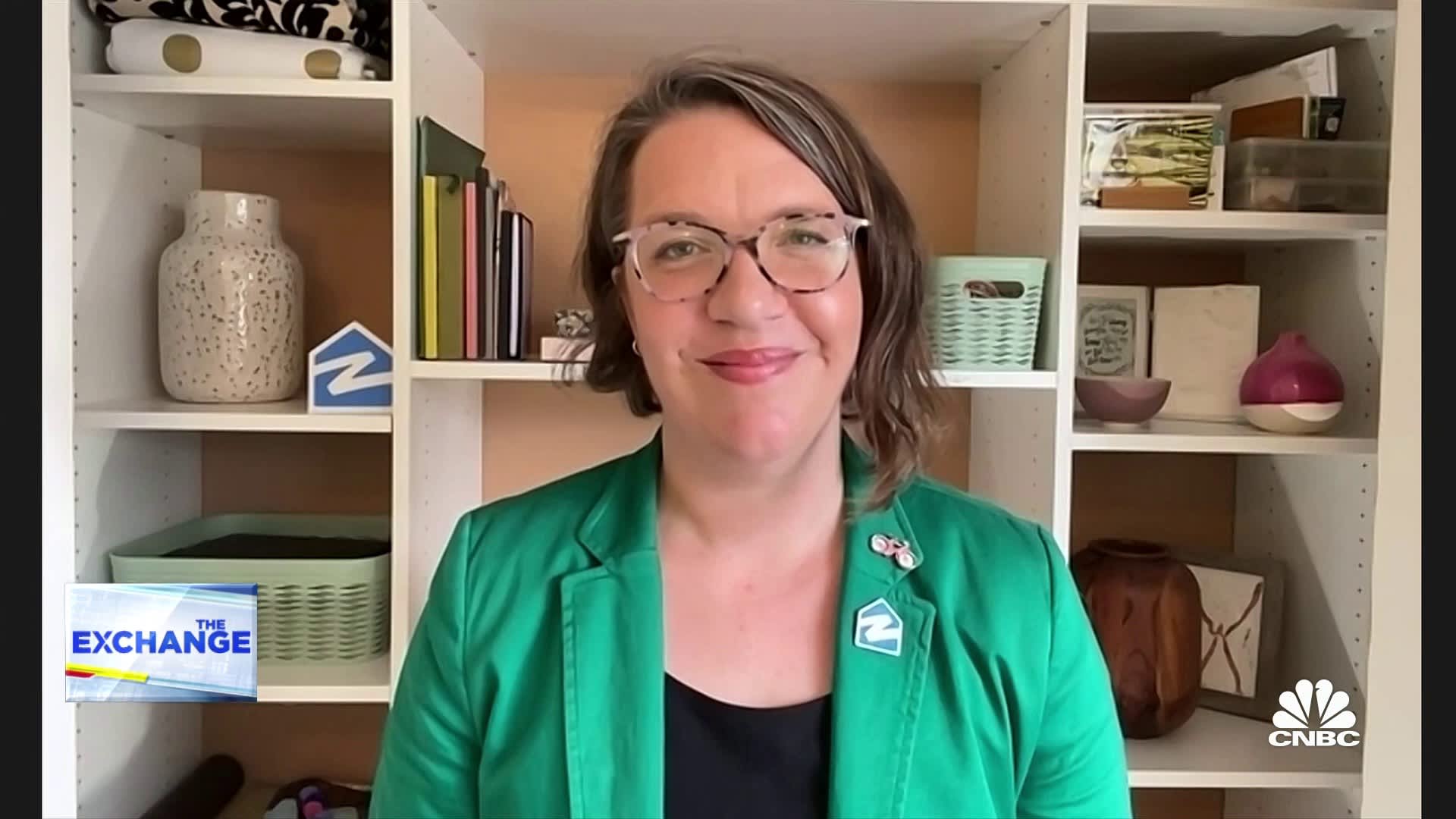4 Habits To Help Entrepreneurs Achieve Business Success
Entrepreneur meeting with business team in conference room
To succeed as an entrepreneur today, you need to take in a constant influx of information. But you also need to know when to lock it down and listen to nothing but your own internal voice. The model of the highly disciplined, overscheduled overachiever just isn’t functional when technology means ’round-the-clock access to you and your energy.
Sure, you sometimes need to put in long, grueling hours to succeed. But if you don’t take breaks, the constant stress will burn you out, which serves nobody. To invest in yourself as a leader, emphasize balance over a high-speed, pressure-cooker lifestyle. Some of these tips may seem a bit counterintuitive, but they’ll boost your odds of long-term success.
1. Treat Your Body Right
First things first: Get. Enough. Sleep. The idea that successful entrepreneurs never rest is a myth the business world needs to stop perpetuating, for everyone’s sake.
As reported in KillerStartups, researcher and author Thomas Corley found that 89% of self-made millionaires get at minimum seven hours of sleep per night. Without proper rest, your brain can’t make the kinds of high-stakes decisions successful leaders face every day.
And if you want to improve your sleep quality, and virtually other metric of your health and happiness, get some exercise. Successful leaders share the habit of engaging in at least 30 minutes of cardio a day. Like sleep, exercise improves your cognitive function so you can make the best decisions for your business.
Nutrition likewise has a powerful impact on your leadership skills — and a domino effect on everything else in your life. Your diet can make or break your mental acuity. It’s crucial to feed yourself well if you want to steer your company to success.
2. Set Goals That Spark Joy
Once you’ve got those Maslow needs covered, it’s time to think bigger. What are your long-term financial and personal goals, and what does success mean to you?
According to Corley, you need to make sure all your goals are truly yours. Yes, you need to be focused on building your business and saving for the future. But don’t fall into the trap of trying to measure up to others or, worse, trying to please your parents.
In his research, Corley found that pursuing one’s own dreams and goals resulted in the greatest long-term happiness and wealth accumulation. In other words, being happy —both at and outside of work — can actually earn you more money.
So look for what brings you joy and motivates you to perform at your best. It could be the adrenaline of achieving greater market share or having the flexibility to spend more time with your loved ones. It doesn’t matter what your objectives are. You’ll still go further in business if you’re chasing goals that light you up.
3. Make Time for Other Passions
On that note, if what makes you happiest isn’t always what pays, that’s OK. Make time for hobbies, passion projects, travel, and anything else that feels intuitively, holistically good.
You may tell yourself you don’t have time, between exercising, eating right, and putting in long hours at work. But don’t convince yourself that every minute of your time should be “productively.” You’ll only burn out, causing both you and your company to suffer.
By contrast, throwing yourself into your hobbies actually makes you a better entrepreneur. A hobby can be the inspiration for a new innovative offering or business practice. It can also help you build connections with other successful, highly motivated people.
As an entrepreneur, you know that your lifestyle takes a certain kind of spark that not everyone has. The kinds of people who prioritize interesting, creative lives tend to be the most successful. Be one of them, and in the process, you’ll meet people who can help you learn, grow, and network.
4. Protect Your Time
There’s really only one way to make sure you can manage any or all of the above. You need to be extremely protective of your time. This doesn’t necessarily mean implementing rigid time management methods — though if they work for you, feel free to continue using them.
What it definitely means is being super clear on your priorities and giving a firm “no” to anything or anyone that interferes. Plan your day not around how many hours you work, but around the actions that make you most functional and effective.
Many successful leaders have neurodivergences like ADHD that make traditional time-blocking ineffective. Instead of working 9 to 5, some capitalize on late night or early-morning periods of hyperfocus to get creative work done. Then they use traditional work hours for lower-priority tasks or self-care.
Protecting your time can take a million different forms. Maybe it’s marking yourself “busy” on your calendar, turning your phone off, and wearing noise-canceling headphones. Or perhaps it’s delegating tasks to junior workers, then locking your office door and meditating for 20 minutes. It’s not the method that matters; it’s finding the way that works best for you.
Striking the Right Balance
The life of an entrepreneur hasn’t gotten any easier. That’s why it’s more important than ever to find internal sources of stability and resilience. A successful business needs a firm, steady hand to guide it. So take care of yourself first, and give yourself the fuel you need to make your company soar.
4 Habits To Help Entrepreneurs Achieve Business Success Read More »













